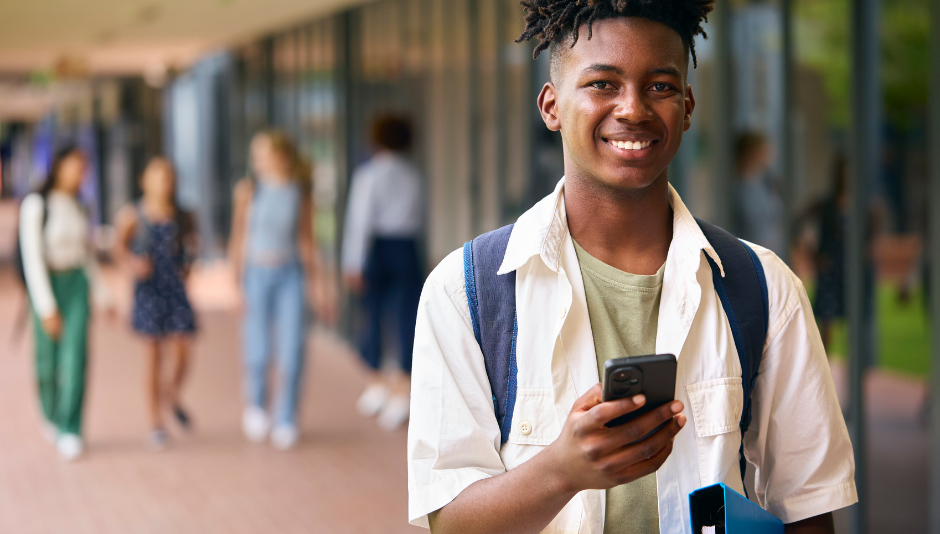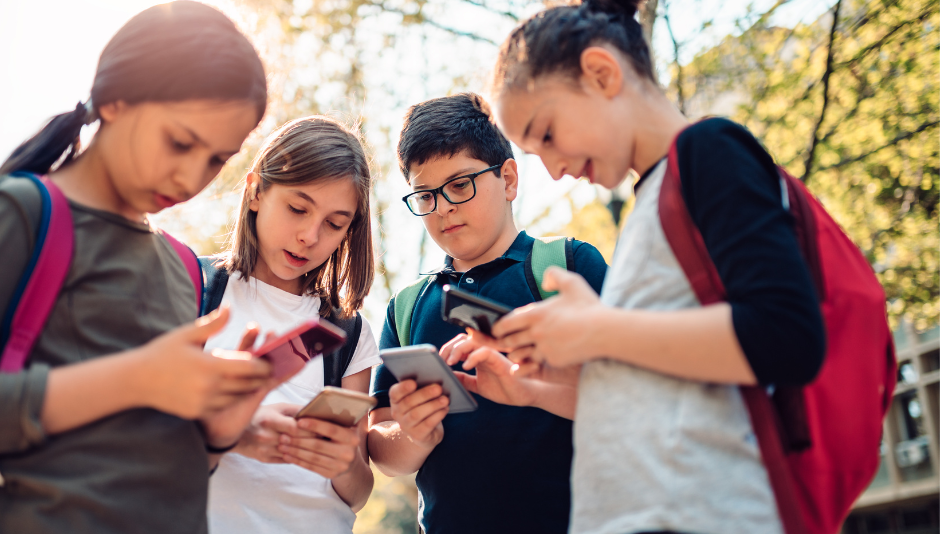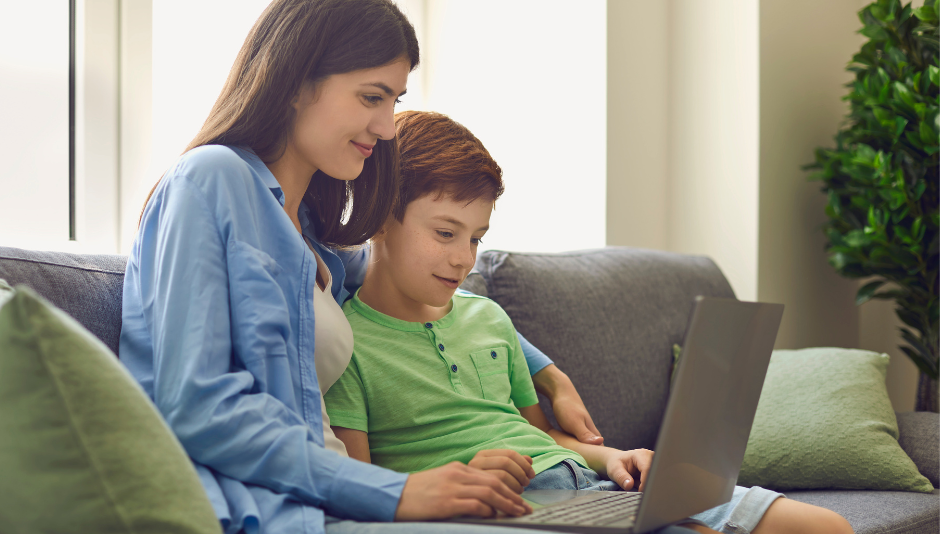Anxiety in a Digital World: How Social Media Impacts Back-to-School Season
- Cassidy Lovallo

- Aug 15
- 2 min read
Back-to-school season is a time filled with excitement, change, and often, a fair amount of anxiety. For students, parents, and educators alike, the shift from the laid-back days of summer to the structure and social dynamics of school can stir up many emotions. But in today’s digital world, social media adds a whole new layer to these feelings, amplifying anxiety and sometimes creating unrealistic expectations that affect mental health.

Social media platforms like Instagram, TikTok, Snapchat, and others offer connection and community, especially for young people. They can be a way to share experiences, get support, and discover new ideas. However, they can also expose users to constant comparison, cyberbullying, and a flood of information that can feel overwhelming.
During back-to-school season, these challenges become even more pronounced. As students scroll through feeds filled with “perfect” photos of first-day outfits, classroom setups, and social events, it’s easy to feel like you’re falling behind or not measuring up. This comparison trap can heighten feelings of anxiety, self-doubt, and social pressure.
Social Media and the Pressure to Perform
Many students feel pressure not only to succeed academically but also to maintain a certain online image. The need to look happy, popular, or “on top of it” can make the normal stresses of school feel heavier. This pressure can lead to burnout, decreased self-esteem, and even avoidance of school or social activities. Parents and caregivers aren’t immune either. Social media can create unrealistic expectations about parenting styles, student achievements, or family experiences during the school year. This too can increase stress and feelings of inadequacy.

5 Tips for Navigating Social Media Anxiety This Back-to-School Season
1. Set Boundaries Around Screen Time
Encourage regular breaks from social media to reduce exposure to comparison and information overload. Use screen time limits or tech-free zones, especially during homework and bedtime.
2. Promote Open Conversations
Create safe spaces for kids and teens to talk about what they see online and how it makes them feel. Normalize feelings of anxiety or pressure and encourage honest discussions without judgment.
3. Curate a Positive Feed
Help young people follow accounts that inspire, educate, and uplift rather than those that trigger negative feelings. Consider unfollowing or muting accounts that create stress or self-doubt.
4. Model Healthy Social Media Use
Adults can lead by example, showing balanced social media habits and demonstrating that it’s okay to disconnect and focus on real-life connections.
5. Seek Support When Needed
If social media anxiety feels overwhelming or starts affecting daily functioning, reaching out to a mental health professional can provide valuable tools and coping strategies.

At New Hope Counseling Group, we’re here to support students, parents, and families as they navigate these challenges. Remember, it’s okay to ask for help, and sometimes, the best way to manage anxiety is through connection, support, and self compassion!



Comments